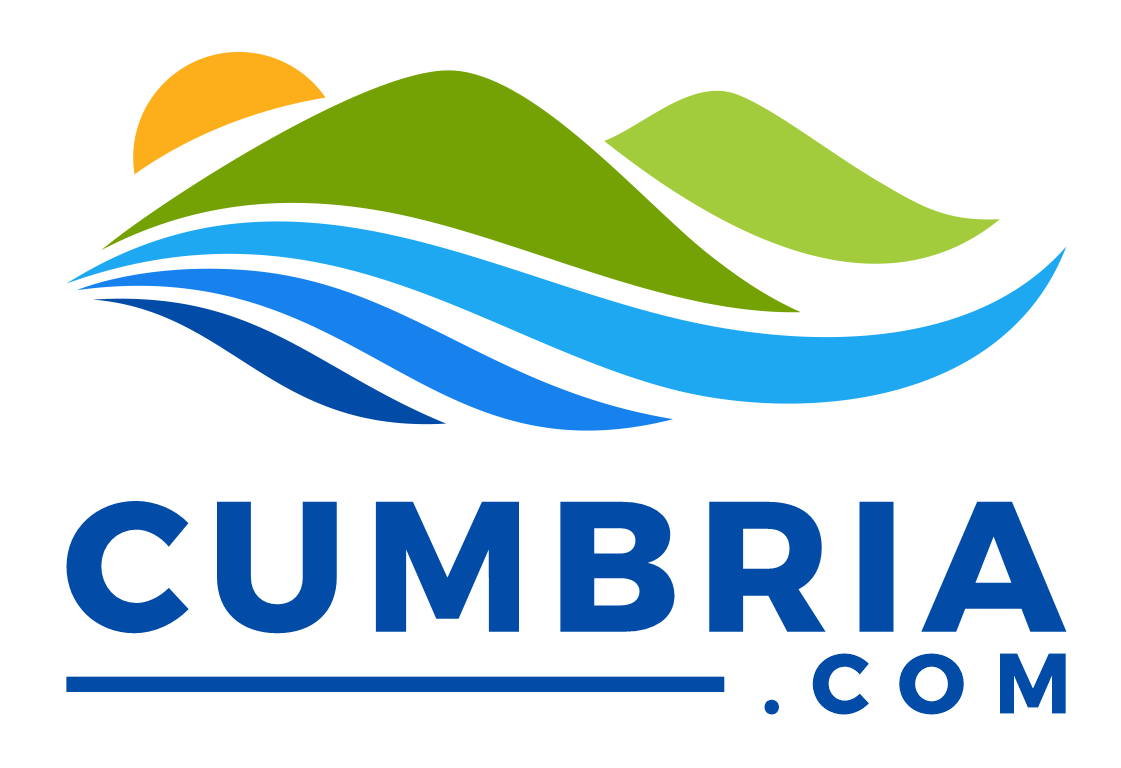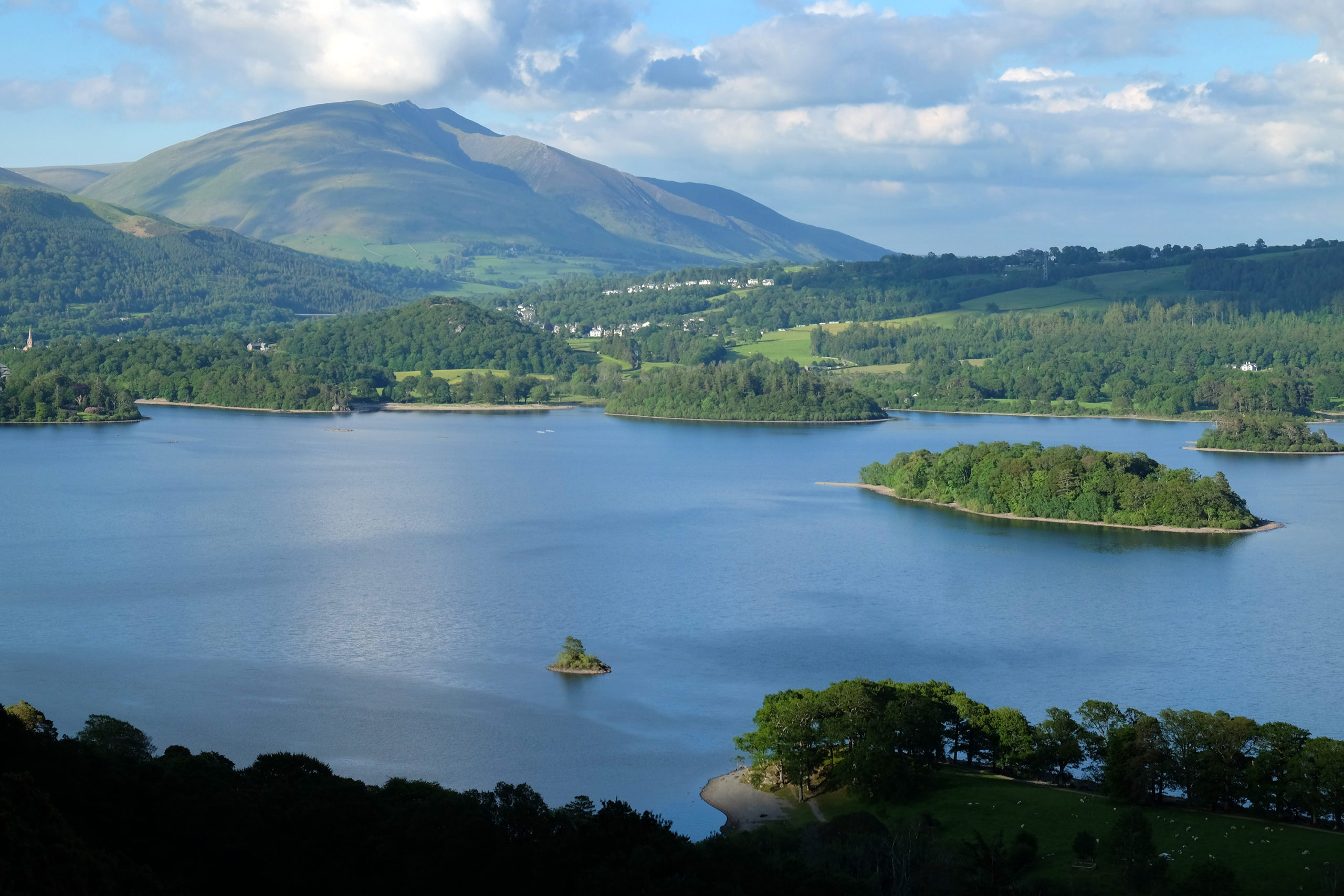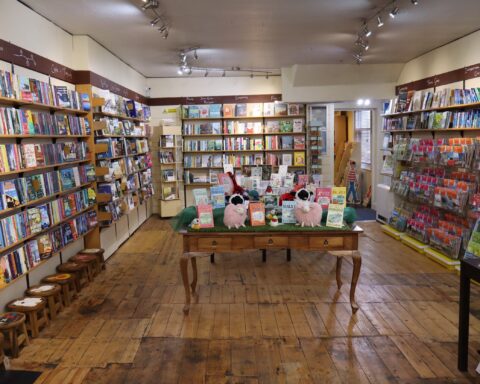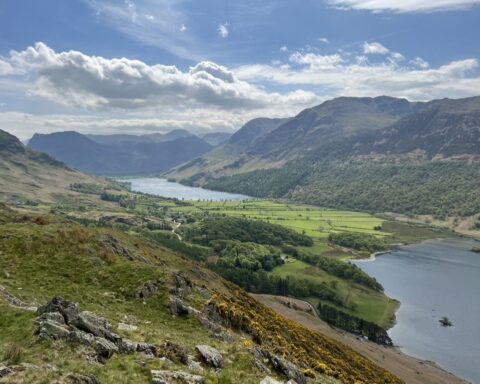Sometimes referred to as the ‘Queen of the Lakes’, Derwentwater is one of the most regal bodies of water in Cumbria; guarded by majestic, steep-sided fells and with a shoreline cloaked in rich woodland, it is the glittering jewel in the crown of the North Lakes. From its northern shores on the edge of Keswick to the wetlands fringing Great Bay in the south, it is almost three miles long.
To take in its full splendour, jump on one of the boats of the Keswick Launch Company, operating all year round and stopping off at eight jetties around the lake. The full cruise takes 50 minutes, although it’s common for people to hop on at Keswick and then hop off at a distant pier to walk back along the shore path. The company also rents out rowing boats and small motor cruisers. For a wider range of vessels, head to Portinscale where both Nichol End Marine and Derwent Water Marina hire out single and double kayaks, Canadian canoes, small sailing boats, windsurfers and stand-up paddle boards. On the opposite side of the lake, near Lodore, Platty Plus hires out boats, leads paddle tours, runs coaching sessions and will even take groups out on dragon boats and a Viking-style longship.
For landlubbers who’d rather enjoy the water from terra firma, there are several great viewpoints around the lake. Friar’s Crag, for example, is a ten-minute walk from Keswick’s Theatre by the Lake. Visitors can sit on the bench here and gaze up the full length of the lake and into the Jaws of Borrowdale. The Victorian social theorist and art critic John Ruskin once said the “first thing I remember as an event in life was being taken by my nurse to the brow of Friar’s Crag on Derwentwater”. He was five at the time and it was, he continued, “the creation of the world for me”. There is a memorial to him among the trees on the crag.
The top of Walla Crag, rearing up over the lake’s eastern shore, is another superb viewpoint. Again, it can be reached on foot from Keswick – it’s less than three miles to the top, but the walk does get fairly steep in its later stages. From the precipitous edge, you can look down on Derwentwater’s four permanent islands. (It also has a floating ‘island’ of plant material that occasionally appears.) They are Rampsholme Island; Lord’s Island, once the home of the Earls of Derwentwater; Derwent Island, the only inhabited island; and, the largest of the lot, St Herbert’s Island. The latter was named after a seventh-century saint who had a hermitage here; it was also the inspiration for Owl Island in Beatrix Potter’s The Tale of Squirrel Nutkin.
The nine-mile circuit of the lake is a wonderfully varied outing, taking walkers in and out of the ancient woodland, along the edge of peaceful bays, over wildlife-filled wetlands and across stony beaches with breathtaking views. And, if you get tired, or the weather closes in, you can always jump on the Keswick Launch to end your outing in comfort.





